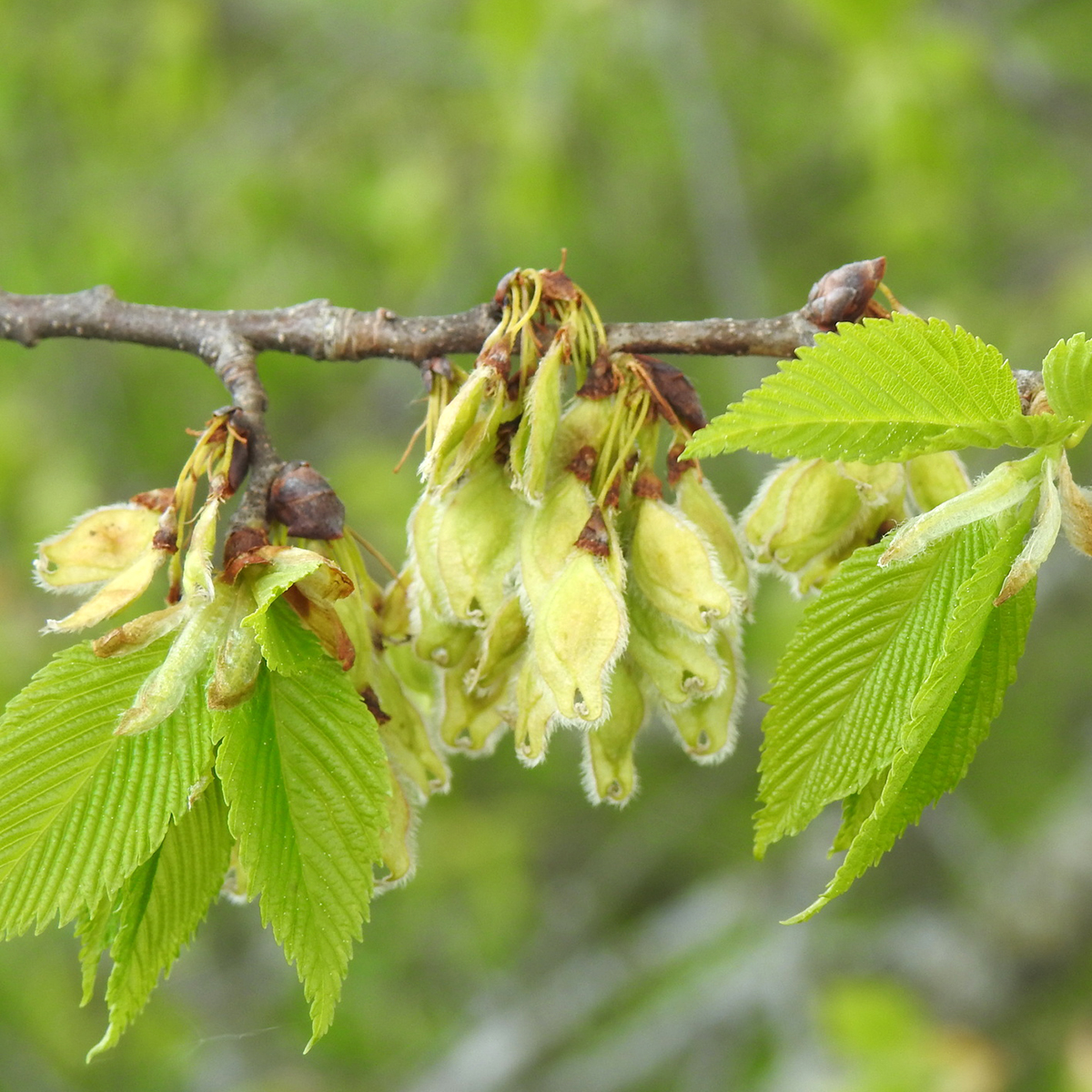Introduction:
Elm trees hold a special place in the hearts of many across the United States, renowned for their stately beauty and historic significance. However, beyond their majestic stature and elegant canopy, elm trees offer another treasure – their seeds. Often overlooked, these seeds possess remarkable potential, serving as the key to propagating new generations of these beloved trees. In this guide, we delve into the world of Elm tree seeds, exploring their significance, cultivation, and the rich tapestry of opportunities they present for enthusiasts across the US.
Understanding Elm Tree Seeds:
Elm tree seeds, commonly referred to as samaras or “elm seeds,” are the reproductive units of the elm tree. Encased in a papery wing, these seeds are dispersed by the wind, facilitating the natural propagation of elm trees across diverse landscapes. Elm seeds vary in size and shape depending on the species, with some featuring a distinct oval or elliptical form, while others exhibit a more rounded appearance.
Significance of Elm Tree Seeds:
Beyond their role in the life cycle of elm trees, these seeds hold significant ecological and cultural value. Elm trees have long been cherished for their resilience and shade-providing qualities, making them a staple in urban and rural landscapes alike. Additionally, many elm species support diverse ecosystems, providing habitat and sustenance for various wildlife species.
Cultivating Elm Tree Seeds:
Cultivating elm tree seeds can be a rewarding endeavor for both seasoned arborists and novice gardeners. The process typically begins by collecting mature seeds from existing elm trees during the autumn months when they naturally disperse. Once collected, the seeds should be cleaned of any debris and stored in a cool, dry location until ready for planting.
When planting elm tree seeds, it’s essential to mimic their natural environment as closely as possible. This often involves sowing the seeds in well-drained soil and providing ample sunlight and water. Additionally, stratifying the seeds—exposing them to a period of cold, moist conditions—can enhance germination rates and promote healthy seedling development.
Opportunities for US Enthusiasts:
For enthusiasts across the US, elm tree seeds present a myriad of opportunities to engage with these iconic trees. From backyard gardening projects to large-scale reforestation efforts, there are countless ways to incorporate elm seeds into conservation and beautification initiatives.
Local communities can leverage elm tree seeds to restore urban green spaces, combatting the effects of deforestation and urbanization. By partnering with local environmental organizations and municipal authorities, enthusiasts can spearhead tree planting campaigns aimed at reintroducing elm trees to their native habitats.
Furthermore, educational institutions and botanical gardens can utilize elm tree seeds as teaching tools, fostering a deeper appreciation for the natural world and the importance of tree conservation. By incorporating hands-on activities such as seed collection, propagation, and tree planting, educators can inspire future generations to become stewards of the environment.
Conclusion:
In conclusion, elm tree seeds represent more than just the beginnings of new trees—they symbolize resilience, beauty, and the enduring connection between humanity and nature. As stewards of the land, it is our responsibility to preserve and propagate these magnificent trees for future generations to enjoy. By harnessing the potential of elm tree seeds, enthusiasts across the US can contribute to the preservation of these iconic trees and the ecosystems they support. So, let us embrace the journey of cultivating and nurturing elm tree seeds, ensuring that the legacy of these majestic trees continues to thrive for years to come.

